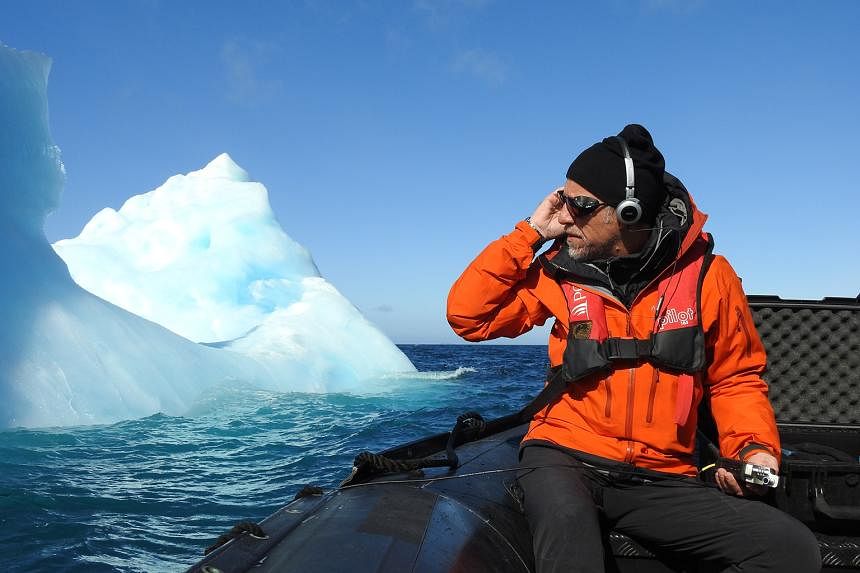If you lend an ear to someone, you listen to them carefully and sympathetically. And in the case of Professor Michel André, he lends his ears to animals in danger.
He, too, listens intently and sympathetically to their cries for help. A child fascinated by the sounds of sea creatures, Prof André grew up and turned his talent for listening into a cause.The 59-year-old is a pioneer in the field of bioacoustics, which combines biology and acoustics to study the natural world.
Over the years, he has built a global and growing network of microphones that listen to nature to pick up signs of trouble. The microphones are embedded in a variety of places, from oceans to deserts, and rainforests to the icy poles.
“Thanks to the network of sensors that are continuously checking the health of nature, we can state what must be done to prevent a threat due to climate change or human activities,” says the French scientist, who is the director of the Laboratory of Applied Bioacoustics at the Technical University of Catalonia in Barcelona.
Sounding the alarm
His scientific journey in the field began in the 1990s, when a sharp increase in the number of collisions between ferries and sperm whales in the Canary Islands led him to an alarming discovery.
The whales were becoming hearing-impaired due to growing man-made noise in the oceans, stopping them from using echolocation to avoid the ships. Echolocation is the process in which an animal emits a sound wave that bounces off an object, returning an echo with information about the object's distance and size.
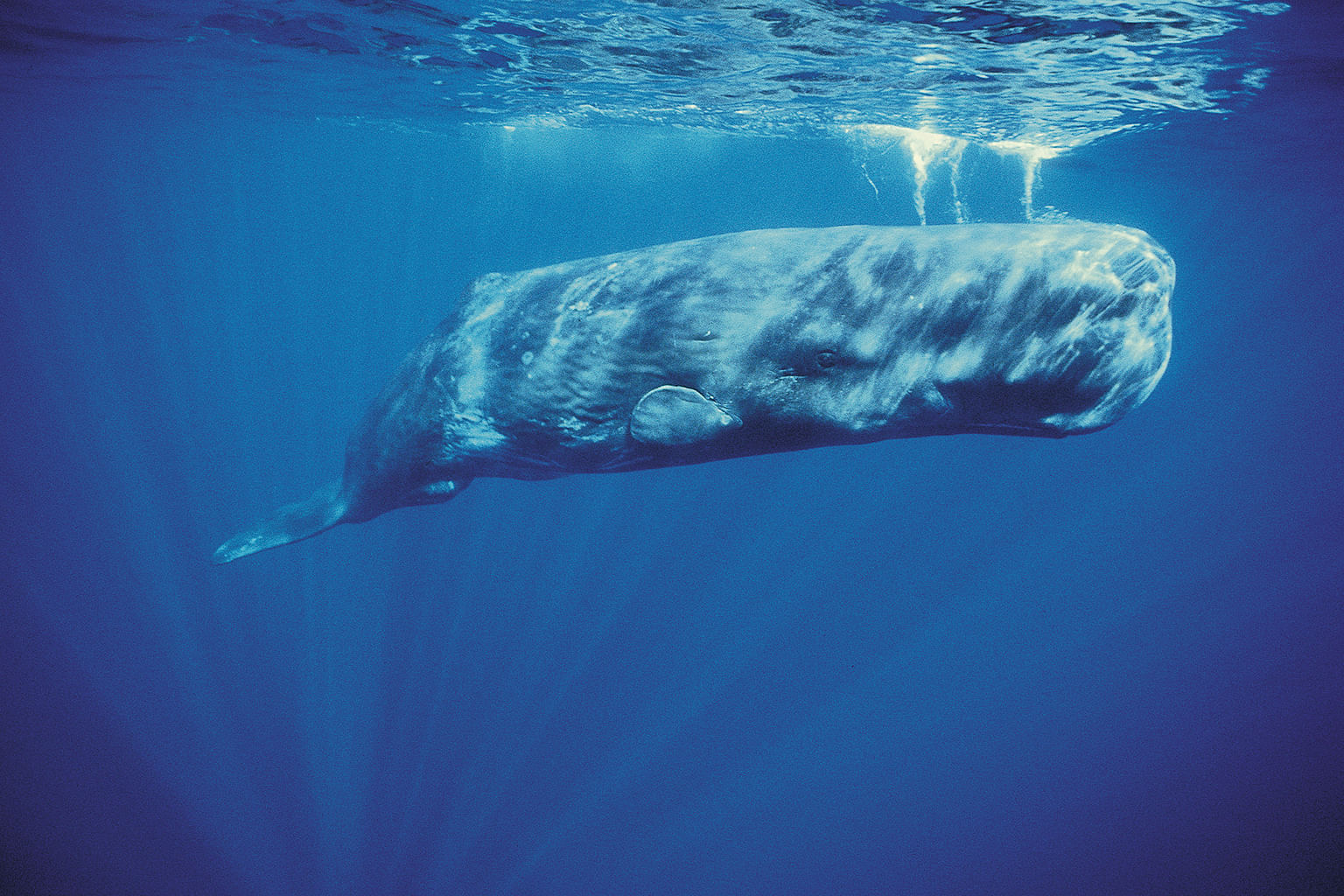
Determined to protect the giant mammals, he proposed an undersea listening system to warn ship captains of whales crossing their path. This idea drew the attention of Swiss watchmaker Rolex, choosing him as one of its five Rolex Awards for Enterprise Laureates in 2002.
Rolex created the Awards in 1976 to support individuals with exceptional projects that make the world a better place, expand knowledge, propose solutions to major challenges and preserve our natural and cultural heritage for future generations.
Thanks to the funding from the Awards, Prof André created a prototype passive acoustic buoy and pioneered the Whale Anti-Collision System.
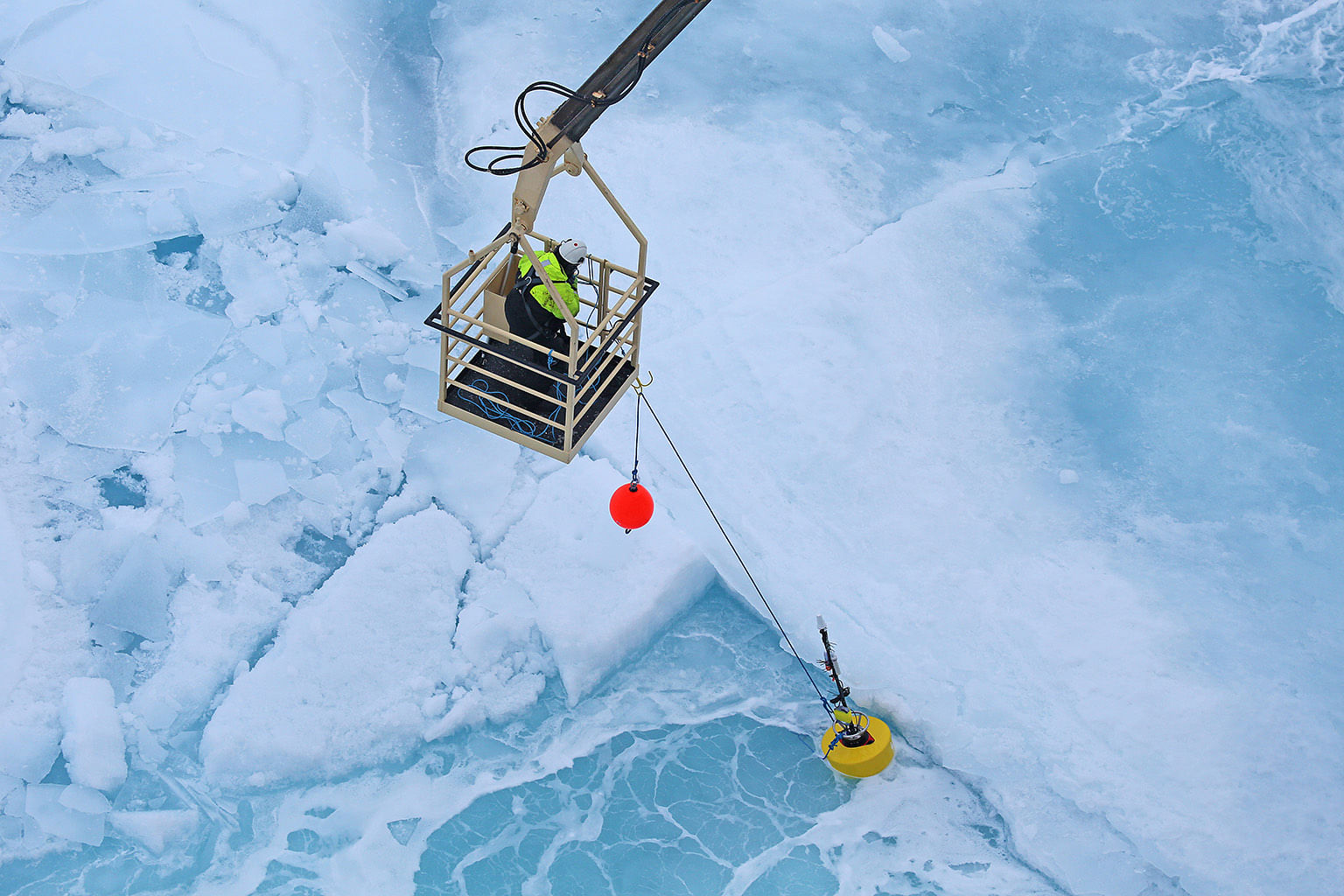
This formed the basis of his Listen to the Deep Ocean Environment project, which consists of a worldwide network of deep-sea microphones that listens round the clock to the oceans’ acoustic environment, detecting human noise pollution and differentiating it from the natural sounds of sea life or geological events.
In 2014, Prof André founded The Sense of Silence Foundation, a charity which uses his network of microphones in projects to study, track and protect wildlife and habitats. These include efforts to monitor the Amazon rainforest’s flora and fauna, analyse the impact of man-made noise pollution on the Arctic and Antarctic oceans’ marine life, and identify threats to the African great apes’ homes and propose solutions.
He believes that the possibilities of bioacoustics are endless. “Nature never ends, and I do not think there is an end to our approach with the study of sound,” he says.
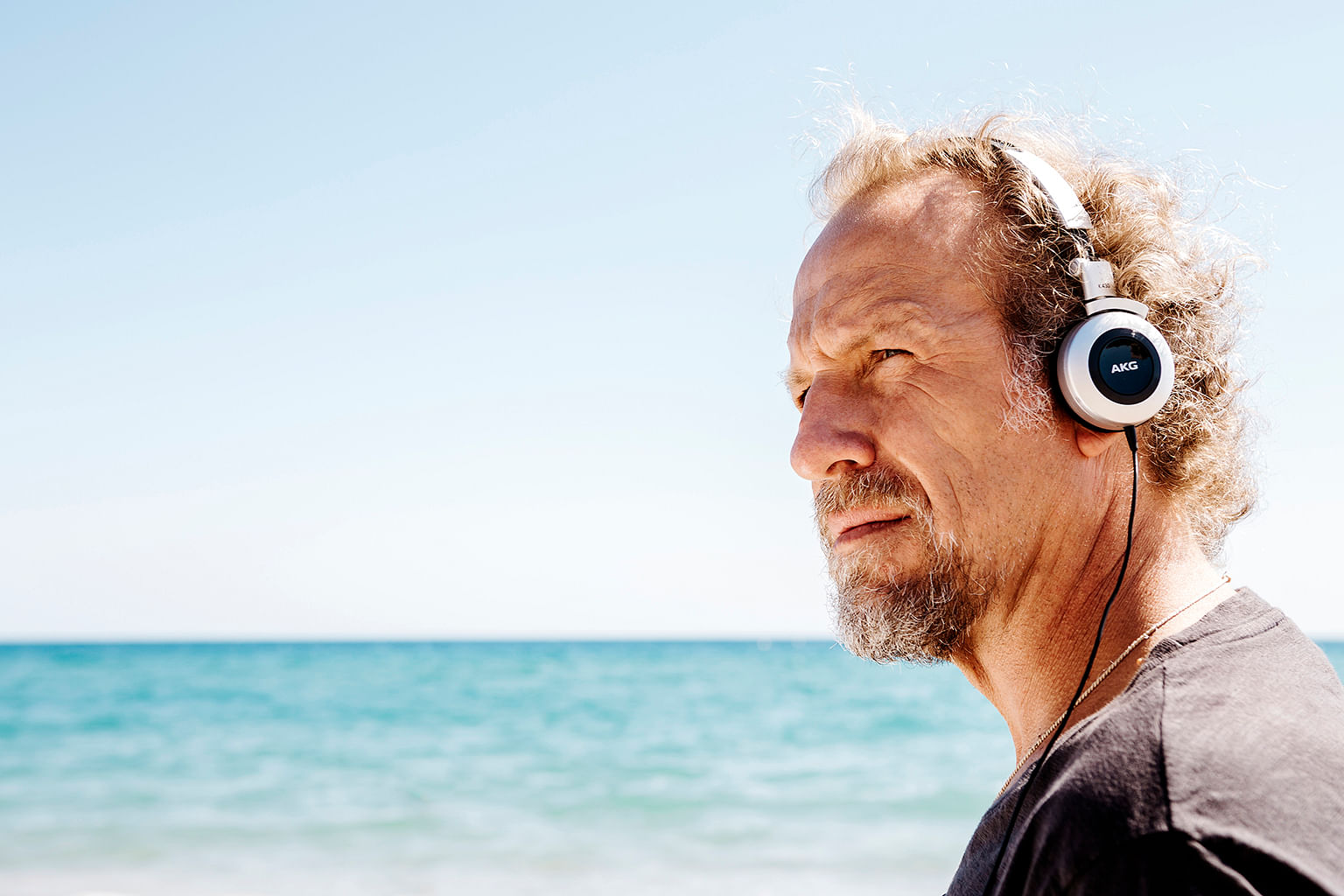
Working hand in hand
When Prof André won the Rolex Award, he also joined its global family of Laureates, who share their challenges and join forces to solve them, opening up new research avenues and opportunities for collaborations. Fresh applications for his listening network have arisen out of Prof André’s collaborations with other Rolex Awards Laureates.
For example, he has partnered Indian environmentalist Arun Krishnamurthy, a 2012 Laureate, to construct a series of microphone-based monitoring stations to prevent trains from hitting elephants in India.
His work in the Amazon is in partnership with the team of the late Brazilian primatologist and conservationist Jose Marcio Ayres. The 2002 Laureate founded the Mamiraua Sustainable Development Reserve, located in the heart of the rainforest, and its local guardians currently use data yielded by the microphones to monitor the health of its ecosystems.
With Italian geologist and 2014 Laureate Francesco Sauro, he is co-developing the new scientific field of speleo-acoustics, which involves listening to the sounds in some of the world’s deepest and remotest caves to better understand cave formation and evolution.
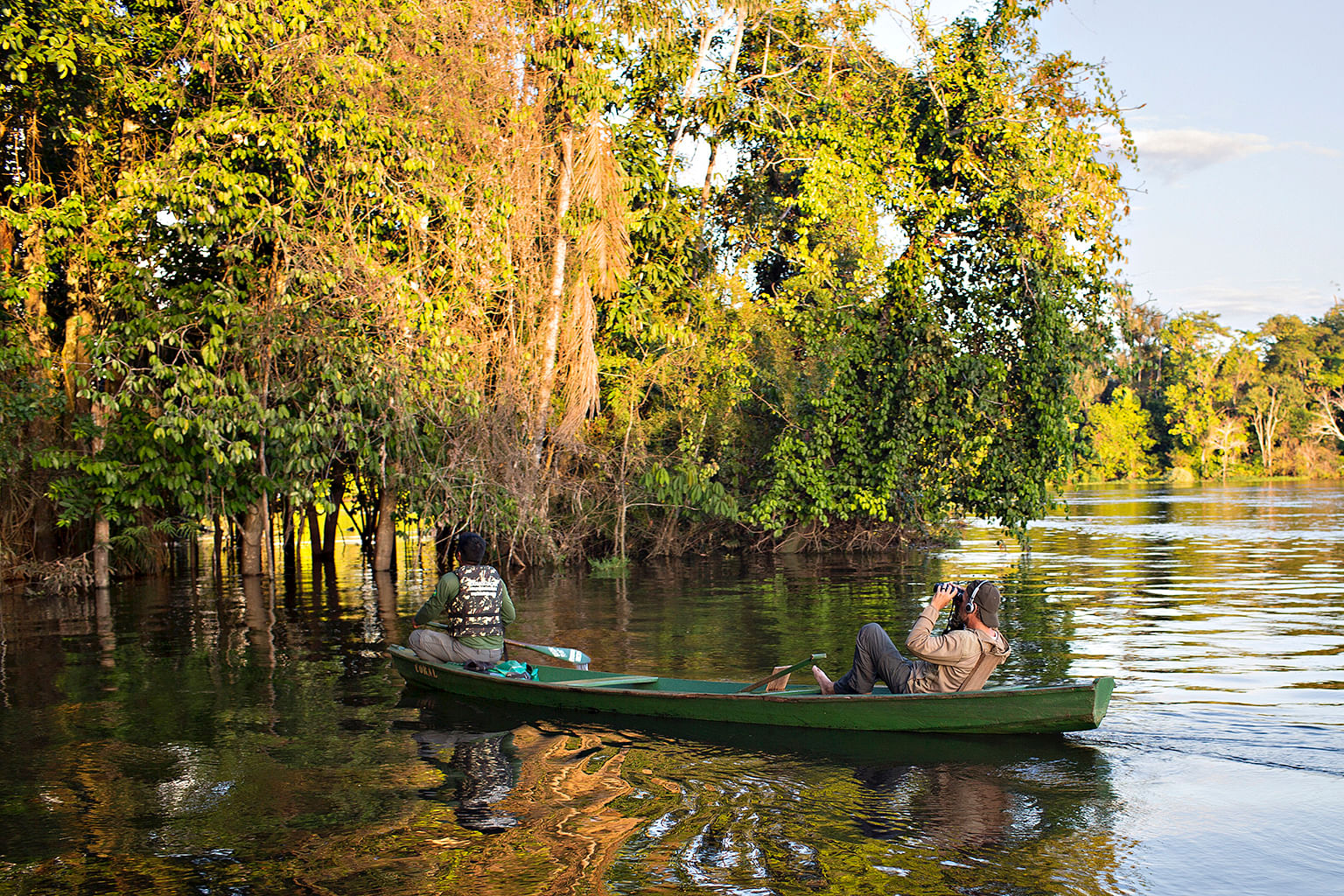
Prof André noted that his network of microphones gives conservationists another tool to protect the planet and its wild inhabitants. Satellite imagery, for example, can show trees being felled, but may not be able to detect subtler changes in the life of the forest. Sound analyses can fill the gap.
With sensitive and robust microphones suited to their surroundings, and constant monitoring and interpreting of natural and man-made sounds via artificial intelligence and machine learning, conservationists can learn of threats in real time, and move quickly to stop them.
“We need to listen to nature and act on the messages that it gives us through sound,” Prof André stresses. “Technology has given us this capacity but we need to be aware of our responsibility. We cannot just listen and ignore what is going on. We need to listen, and we need to take action for the conservation of the planet.”
The Rolex Awards for Enterprise that Prof André received is part of the Perpetual Planet initiative, which was initially made up of three pillars: On individuals who contribute to a better world through the Awards, on safeguarding the oceans through a partnership with Mission Blue, and on understanding climate change as part of its association with the National Geographic Society.
But an expanding portfolio of partnerships under the Perpetual Planet initiative now includes projects such as the Under The Pole expeditions, pushing the boundaries of underwater exploration; the Xunaan-Ha Expedition, focusing on water quality in Yucatán, Mexico; and the Hearts In The Ice platform, which collects climate change information in the Arctic.
Rolex also supports organisations and initiatives that foster the next generations of explorers, scientists and conservationists through scholarships and grants.
We The Earth is a partnership between The Straits Times and Rolex and its Perpetual Planet initiative. Rolex Awards for Enterprise Laureate Prof Michel André is a stellar example of the many individuals who are doing their part to solve the issues earth faces.
